“And here I thought all you did was walk out in pretty shoes and tune the orchestra!”
That patron’s statement caught me by surprise while I was explaining details of my job as concertmaster. It turns out many people don’t know much about what a concertmaster does!
So, I’ve asked a few concertmaster friends from around the country to share some of their thoughts to help illustrate a more dynamic description of the job. After all, while it’s nice people notice the pretty shoes, there is a lot more to the job than people see!
David Kim
Concertmaster of the Philadelphia Orchestra
A concertmaster must:
- Be the public face of the entire orchestra. Friendly, warm, and hospitable to every audience member from corporate VIP/board member to wide-eyed 7-year-old kid to arrogant guest conductor.
- Be able to read the mind of the conductor – conveying those thoughts to his/her colleagues through body motions, facial cues, and general aura.
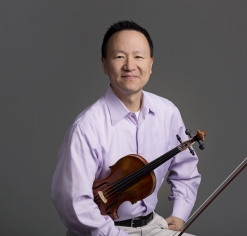
Nurit Bar-Josef
Concertmaster of National Symphony Orchestra
- Setting the tone by having a sound that carries the section. I really think the SOUND of the first violins relies deeply on that of the concertmaster.
- Conveying what the conductor wants (and perhaps even “taking charge” when the conductor isn’t so clear) both musically and rhythmically to the entire orchestra.
- Communicating with other principals both on and off stage.
- Being able to be a “team player” as well as being a “soloist” at times.
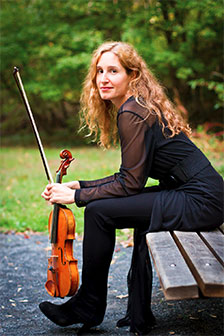
Frank Almond
Concertmaster of Milwaukee Symphony Orchestra
When someone asks me what a CM actually does, I’m never quite sure how to answer. Beyond the obvious duties like bowings, solos, and knowing your part really well, I think most people don’t really understand the massive skillset required.
For example, I personally try to be aware of not only the string parts, but also have some knowledge of every part in the orchestra before the first rehearsal, which really helps especially if the program has some non-standard repertory.
Along with keeping a consistently high artistic standard, I think the most challenging aspects have to do with overall diplomatic skills, and developing a good chemistry and working atmosphere. The best CMs seem to have an intuition about exactly how to interact constructively not only with their colleagues under various conditions, such as auditions, difficult artistic situations, institutional problems, etc.
Hopefully the concertmaster also has a good relationship with the Music Director (this is really critical), but also with guest conductors, soloists, and their various wishes (and quirks). This isn’t always as easy as it seems- some conductors are very particular about just how “activist” the role of the CM should be, bowing preferences, when (and how) they should speak up, etc. Most experienced conductors understand that you often have a great deal to offer, and a big part of the job is to help them out to the best of your ability, often with limited rehearsal time.
I’ve learned that developing all this is a life’s work, and constantly challenge myself to get better at it. An excellent CM can truly change the overall atmosphere and working dynamic of an orchestra, especially over the long-term. As a very famous conductor once said to me, “When I have a great concertmaster my job is so much easier- sometimes I don’t even think about it all that much. But if someone’s not filling that chair very well, I notice it every second of every rehearsal and concert. It makes a huge difference”.

Emmanuelle Boisvert
Former Concertmaster Detroit Symphony Orchestra; Associate Concertmaster, Dallas Symphony Orchestra
My methods are simple, and have been well used over the last three decades, and are re-affirmed by Jaap van Zweden himself who reminds us everyday of that philosophy, he actually insists on it! It is: be clear, but lead from the back, or take a back seat! Let the orchestra sound and the music emanate form the back of the sections, whose ensemble will carry forward and envelop the center and the front of the orchestra with texture, pulse, timbres, and mostly rhythm!
It really is the art of listening, and judging which element is most important. Sometimes it’s the melodies, sometimes it’s the heartbeats produced by other sections. For example, judging when to place a pizzicato under a flute solo, is quite a bit simpler when we see it as a function of what the flutist would require of us if he or she would be in control of said pizzicato!
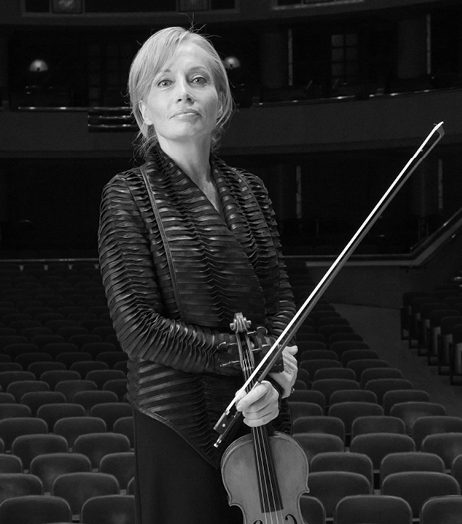
Violetta Todorova
Concertmaster of Fort Wayne Philharmonic
A concertmaster position is a very special one in the orchestra because it not only requires exceptional mastery of the instrument, but also excellent interpersonal skills.
Regarding the mastery of the instrument: To be a good concertmaster, you have to know your part well enough to not have to look at it much, as you need to be monitoring not only what the conductor is doing, but the entire orchestra.
You have to be watching the woodwinds and brass for their breaths and synchronicity, and also the strings – is everyone using the same stroke? Is everyone vibrating in the same way? At the same time, you are also listening to everyone else. If you are doing all this right, there just simply isn’t time to think about what fingering you are going to do in your own part, everything has to be prepared ahead of time.
Regarding the interpersonal skills: A concertmaster has to earn respect of their colleagues and of the conductor. Many people think that it’s not important to be liked in order to lead, but I don’t agree with that. I think the best way to establish an efficient way of leadership is to really get to know each of the players in the orchestra, starting with the violinists. Get to know their playing, their character, and maybe a little bit about what kind of people they are. I believe this leads to a style of leadership that is the most effective and mutually pleasant. I think it’s important to be supportive of your colleagues and the conductor. And the key in resolving any disagreements between the two, if they ever arise, is to know where both of the parties are coming from. After all, we are all there with the same goal – to create music on a high artistic and technical level.

Holly Mulcahy
Concertmaster of Wichita Symphony Orchestra
The concertmaster job means wearing a lot of hats. While there are many methods of leadership, the expectation of a typical concertmaster requires a fine balance between several factors; many of which are not taught in schools.
Job expectations such as bowing orchestral parts require a keen understanding of the music. But equally as important when bowing parts: anticipating the conductor’s needs; calculating how the hall will sound; and trying to bring the best out in a section months before any given work is performed. And when rehearsals start, if a conductor isn’t liking a phrase or wants to adjust something musically, a concertmaster should have a few solutions on the ready to make the conductor’s time easier and rehearsal time more efficient.
Being a liaison from the orchestra-to-conductor and conductor-to-orchestra is one of the biggest roles of concertmaster. But beyond that is being a liaison between the staff, board, and audience (and reverse) is typical as well. A good concertmaster can convey a thought from any of those groups in a friendly and succinct manner.
Here are some of my essentials for the position:
- Help the conductor in as many ways as possible before, during, and after a rehearsal.
- Support colleagues in being their best.
- Set an example for the orchestra by dressing neatly, coming to work prepared, having a good attitude.
- Understand the entire score of a work, not just the violin part.
- Be prepared to lead concerts in the conductor’s place in some situations, or replace a soloist last minute.
- Thank colleagues after a performance.
- Attend fundraisers, funerals, dinners and be prepared to perform at those functions; ultimately representing the orchestra.
- Speak articulately and welcomingly on TV, radio, and in front of any size audience.
- Be welcoming and inclusive to all who are interested in the art and to those who may not know it yet.
- Be a part of the community.
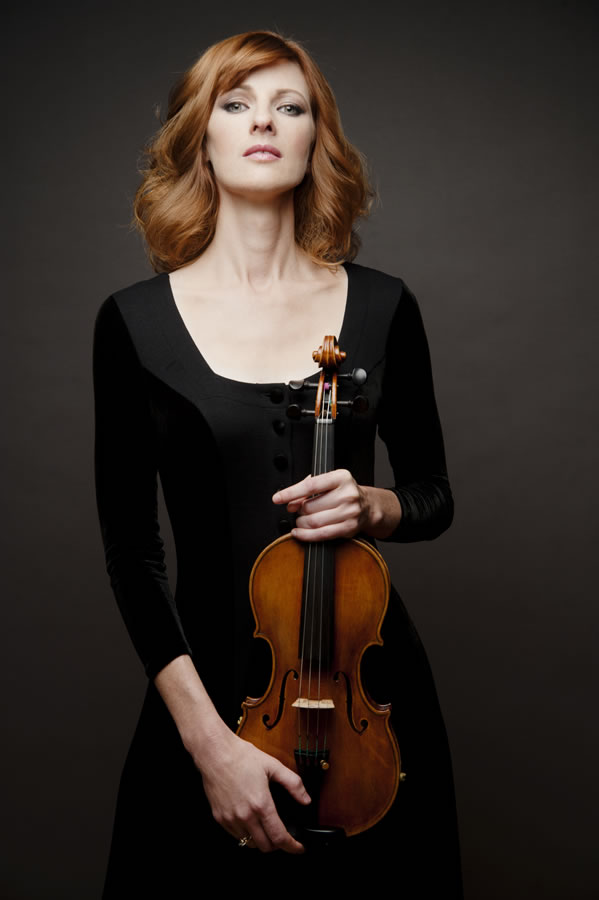
While there are no official job descriptions, there are many variations in how concertmasters lead. Beyond just walking out and tuning the orchestra, there is so much more resting on the shoulders of the average concertmaster than just a violin!



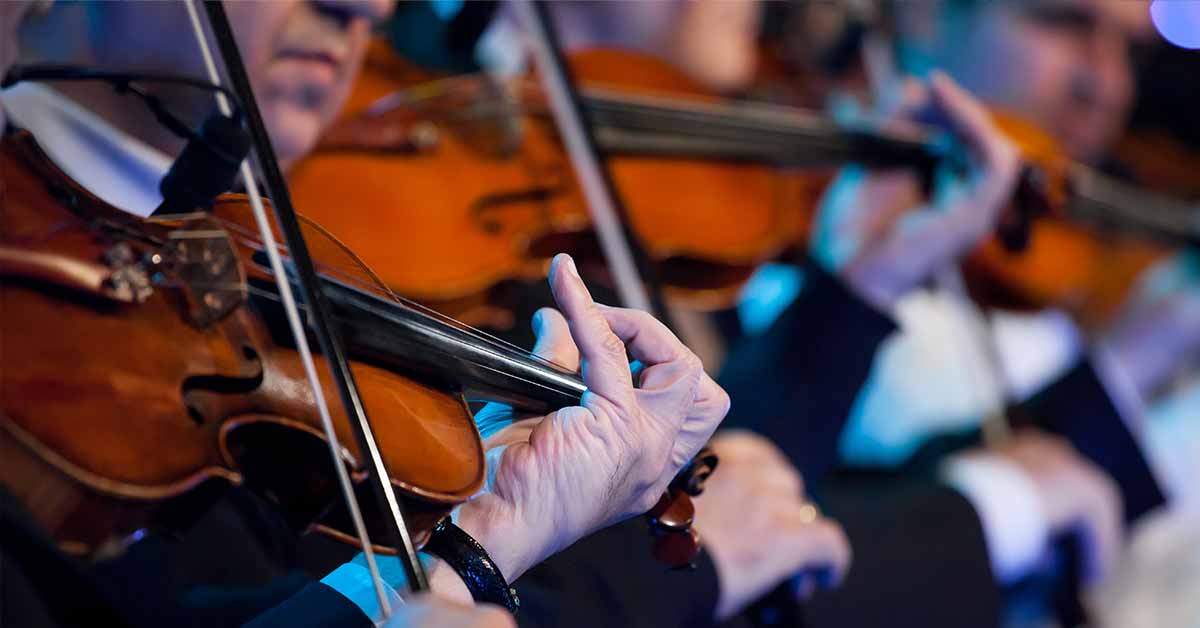

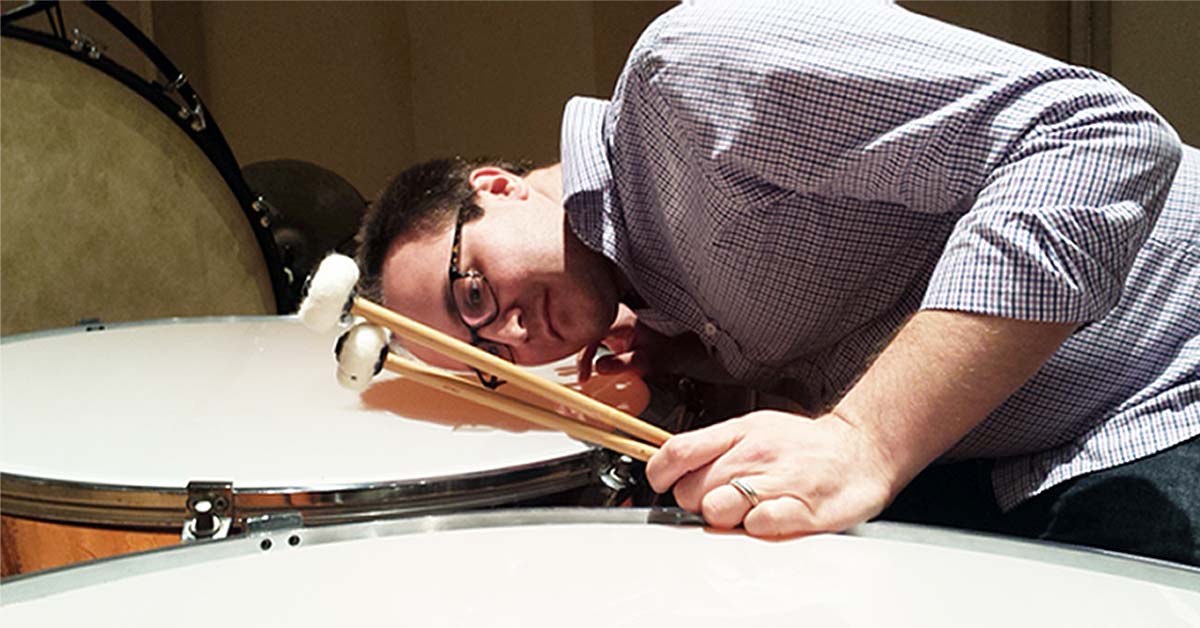





One point that’s not mentioned in the article: doesn’t the concertmaster have a lot to say about new hires in the string sections? I’ve seen our hometown orchestra improve its string sections over the past 15 years, while one concertmaster was in place, and two music directors. I’ve noticed improvement from the front to the back of each section in tone quality, ensemble skills, and responsiveness to the conductors. They play together like a single big instrument, and when there’s a solo pianist or violinist out front, they are with that soloist all the way, as though it was chamber music. Does the concertmaster deserve part of the credit for that?